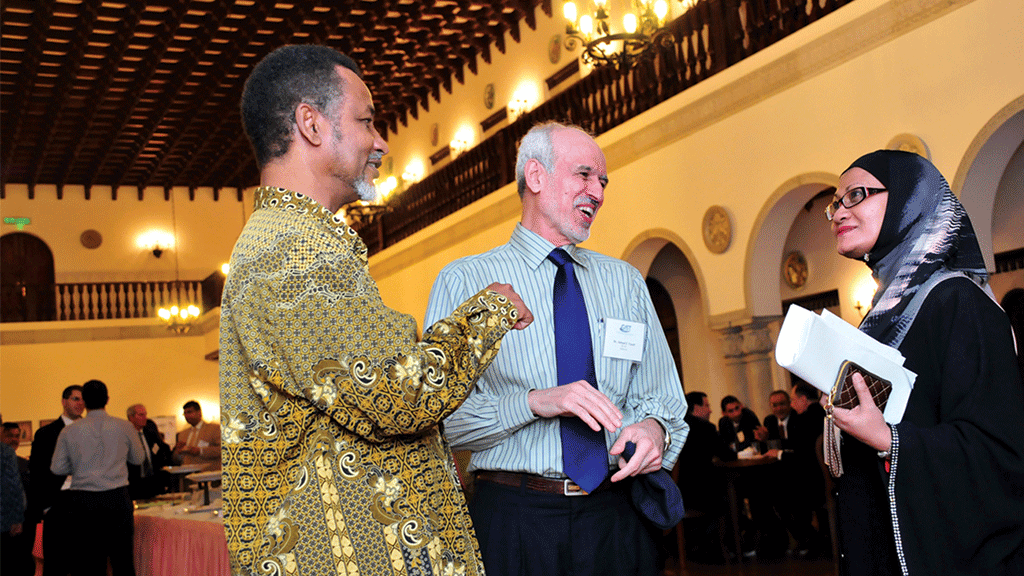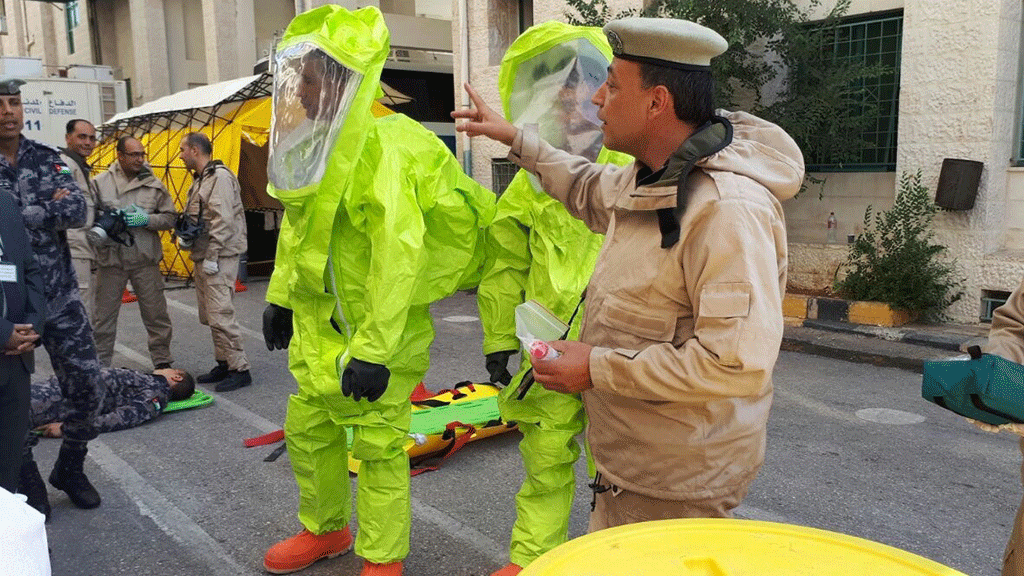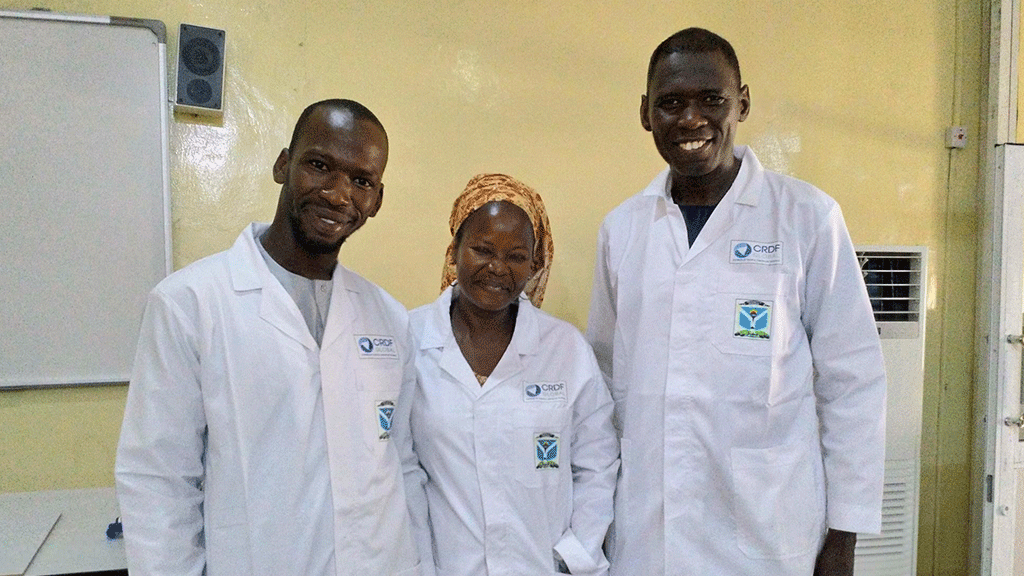Farmer-to-Farmer Program in Uzbekistan
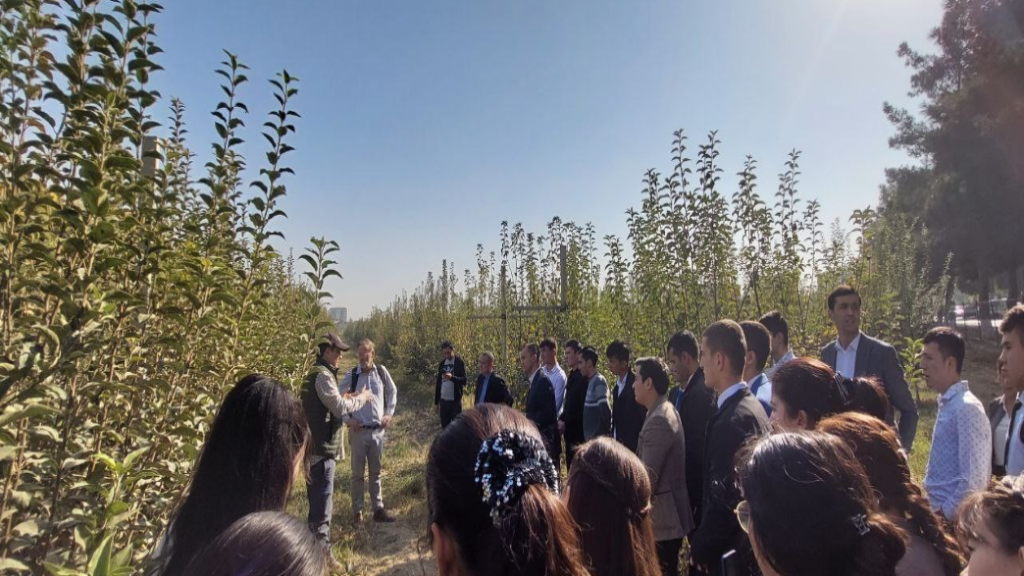
By Tessa Coughtrey-Davenport | Project Lead, Agriculture & Food Security
Uzbekistan is a leading fruit and vegetable producer in Central Asia with increased national and international investment in advanced technology, processes, and systems in recent years. However, as the country moves to produce, process, and export more fruit and vegetables, other contributing elements to the agriculture systems have not received equal investment.
The USAID-funded Farmer-to-Farmer (F2F) program is centered on creating sustainable improvements to agribusinesses through capacity building and feasible but impactful recommendations. CRDF Global recruits and coordinates logistics for two-week volunteer assignments, where host agribusiness organizations identify challenges and collaborate with U.S. agriculture experts to develop and implement recommendations.
Dr. Peter Hirst, Assistant Director of International Programs in Agriculture (IPIA) at Purdue University, is no stranger to the F2F mission. He has worked on multiple international agriculture development projects throughout his career in Central Asia and beyond, including the F2F program and programs funded by the U.S. Department of State. He recently returned home from Uzbekistan, where he trained farmers and agribusiness managers at Navigul LLC on orchard management best practices as a F2F Volunteer.
Navigul, managed by Mr. Midad Hidirov, is an extensive fruit and vegetable producer in the Andijan region of Uzbekistan. However, they have noted recent issues in production stability and experienced increased waste. Fruit trees were skewed to growing vegetation rather than fruit, fluctuating crop patterns made production estimates difficult and inconsistent, and parasitic weeds and insects were damaging crops.
During his assignment, Dr. Hirst was able to review and evaluate the current production landscape, identifying improved tree pruning techniques, pest management, reduce over-fertilization, and maximizing the organization’s greenhouse resources as the most pressing and actionable areas of improvement.
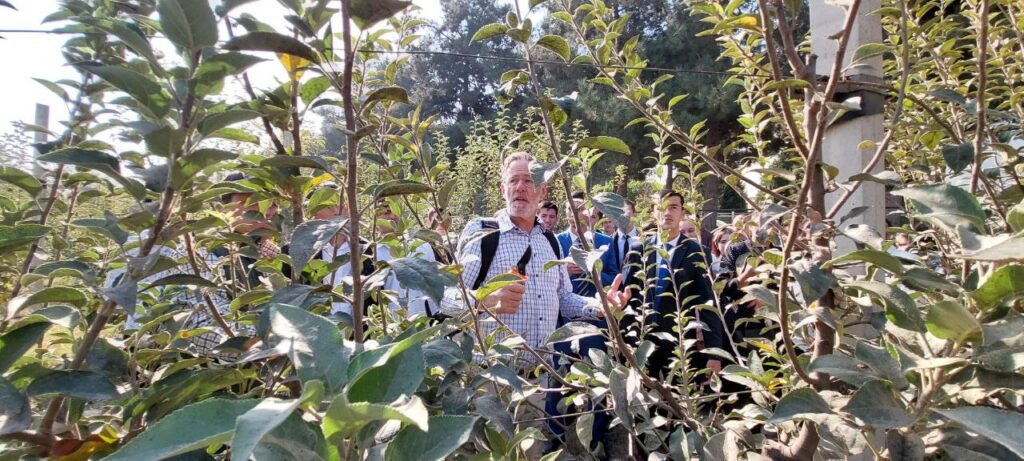
With an original expectation of 20 persons trained, Dr. Hirst’s trainings were well attended by Navigul leadership and employees alike, with 40 individuals trained, including 25 youth. Dr. Hirst noted the value of the questions asked throughout trainings, signaling that the trainees were engaged and eager to implement new knowledge and skills to improve business.
“In the trainings, they asked good questions. Overall, they seemed open to new ideas, knowledge and practices. Midad also seemed to welcome new ideas and practices and want[ed] to increase production.”
In addition to his assessment and recommendations on fruit tree production, Dr. Hirst was also able to make suggestions for structuring the business practices of the organization to improve processes and collaboration between departments. Increasing organizational capacity in tandem with production improvements will lead to even greater successes.
Navigul will have the opportunity to put Dr. Hirst’s recommendations into action to make process improvements in the coming months. By addressing the horticulture knowledge gap, Navigul should see improved production outputs in the coming seasons, resulting in increased export capacity and higher incomes.
